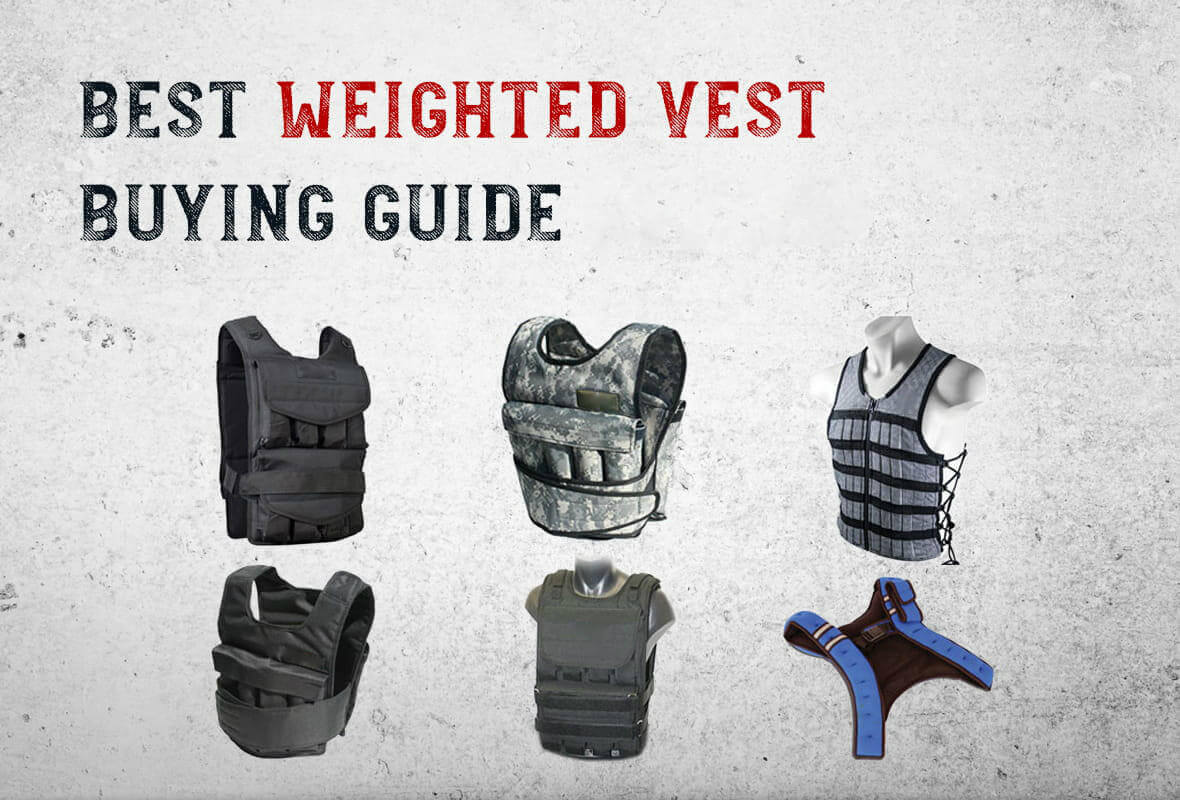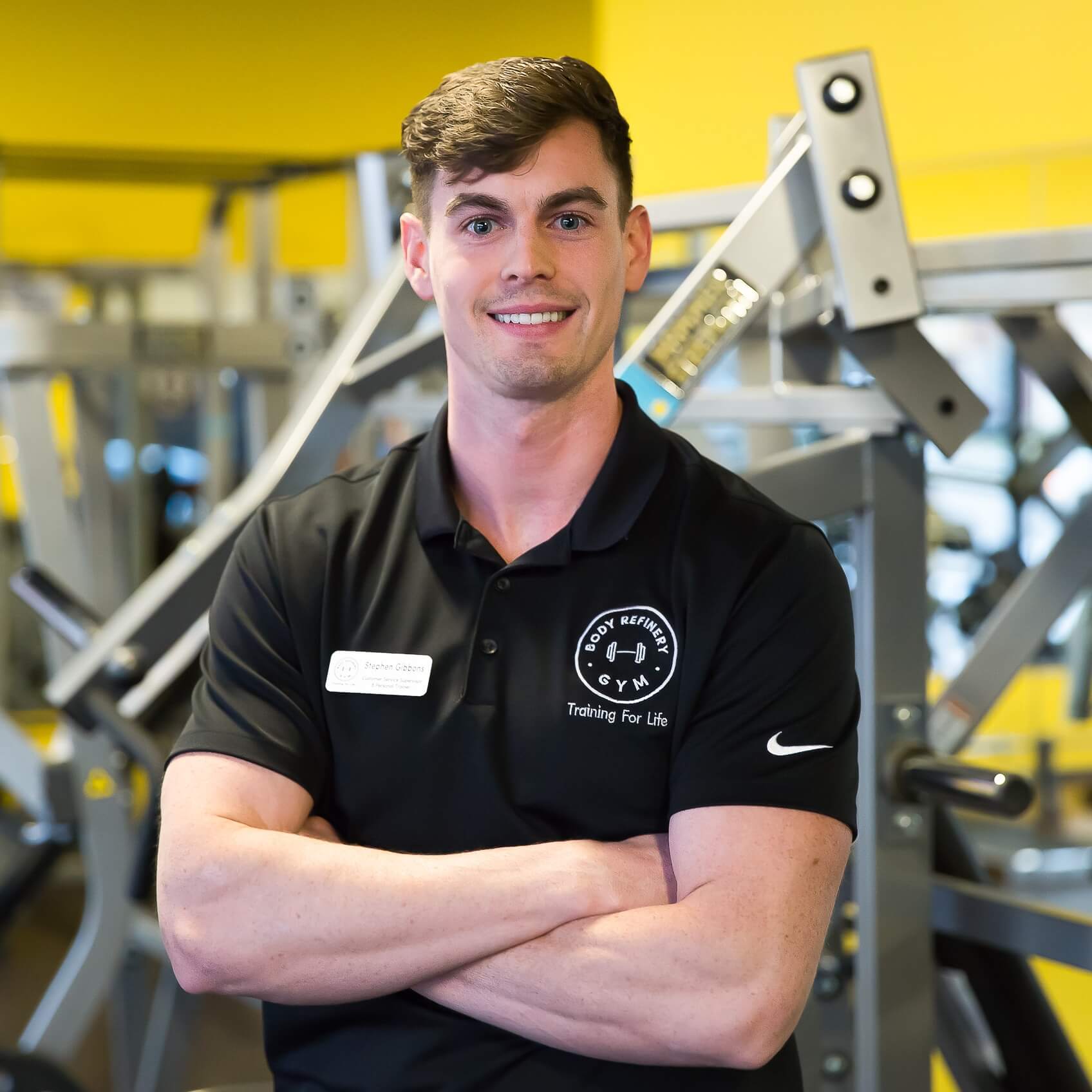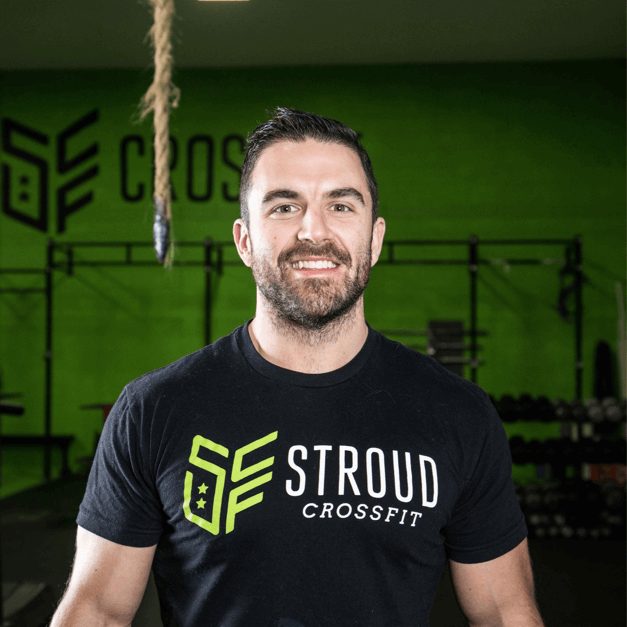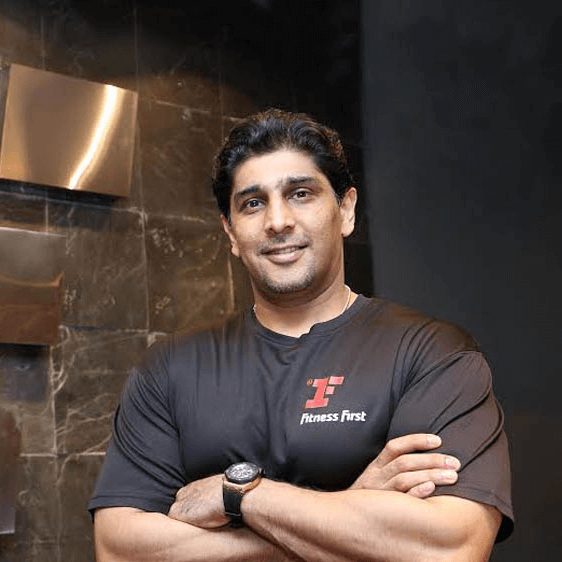Weight vests are the perfect accessory for weightlifting. They are also known as Functional Training vests, weight loss vests, weightlifting vests, etc.
The wholesale market has all kinds of weight vests.
Buying one from all the varieties available is not a simple task. Not all weight vests are the same. To pick one, you will need to know exactly what to look for.
Most weight vest buying guides are brand-specific rather than product-specific. To purchase an affordable weight vest of quality construction, you will need to know a lot more than that.
This buying guide aims to provide you with all the information about weight vests in general. At the end of it, you will know:
- The types of weight vests available to choose from
- The properties you should pay attention to before committing to buying weight vests
- Traps to avoid when placing your wholesale order for commercial weight vests
All the information in this article comes from industry professionals, insiders, & people working at weight vest manufacturing plants.
You can trust it to help you make an informed choice.
Let’s dive in,
Table of Contents
Types of Weight Vests
There are many types of weight vests available in the market. For new buyers, it is of utmost importance to know what to look for before choosing one.
At a minimum, they should be aware of the differences between various weight vests, such as:
- Fixed versus Adjustable
- Male versus Female
- Full-size versus Short Stack
Fixed versus Adjustable Weight Vests
Fixed Weight Vests
The weights for these vests are built-in & not adjustable. They are more suitable for new users as they weigh less than adjustable weight vests.
The weights are fixed in place by sewing them inside the material of the vest.
Fixed weight training vests are lighter, affordable, & slim. They have a wide range of motion compared to adjustable vests, as well.

Adjustable Weight Vests
Adjustable weight vests are a versatile option for weight training. You can increase or decrease the weight load according to preference.
The vests come with metal bars or sandbags to load & unload for weight adjustment.
Adjustable vests let the user alter the weight load seamlessly during a workout. Intermediate & professional weightlifters prefer adjustable vests because they make for a demanding workout session.
There are various ways to adjust the weight load of these vests. The most common way to do so is with iron ingots. They have a weight range of 3 lbs. to 5 lbs.
They allow a free range of movement during use.
Adjustable weight vests are the perfect way to increase the weight load for your sessions gradually. Adjust the weight load for various exercises like running, which won’t move the weights much.
Male versus Female Weight Vests
Unisex weight training vests are available commercially. Though, female users may not find the fit comfortable enough. There is a difference in body proportions between the two genders.
Women prefer a more compact overall fit & adjustability in the thoracic area.
It is why separate weight vests for males & females are available in the market.
Male Weight Vests
Male vests weigh more than the female versions. They are best for toning & bodybuilding workout sessions. You can tighten these vests to a large extent to prevent the weights from shifting.

Female Weight Vests
Weight vests for females weigh less & are usually of the fixed variety. They are tighter at the waist due to their V-shape.
Full-size versus Short Stack Weight Vests
Full-size Weight Vests or Running Vests
If you want full waist coverage & even weight distribution, then a full-size vest is the way to go. These are the perfect way to raise the resistance for your running sessions.
The range of movement will be redistricted when bending down or crunching.
You can feel the benefit of a full-size vest even when running a small distance. There is the option to slowly add resistance with adjustable vests when the weight load becomes less challenging.
Running vests are slim & lightweight to maximize the range of motion.

Short Stack Weight Vest or Functional Training Vests
Short stack training vests are not full-coverage. They cover the chest & the upper part of the back.
They are suitable for activities like Functional Training, which are a mix of resistance training & aerobics. These weight vests target specific muscle groups with ease during Functional Training training, unlike conventional resistance training methods.
Professional Tip: Consider the weight load carefully before committing to buying a vest. A lighter weight load won’t be of benefit, while a very high weight load can cause injury.
Construction Of Weight Vests
Cover Material
The two things that decrease the lifespan of weight vests are moisture & rips/tears. Mediocre quality, sweat absorbing vests are prone to bacterial growth. They can tear quickly with use & are not long-lasting.
Antibacterial, sturdy, waterproof vests are durable & last a long time. Quality materials translate to quality weight vests.
The choice of materials for commercial weight vests includes:
- Stretchable Fabric
- Synthetic Plastic
- Soft Nylon
- Soft Neoprene
- Urethane
Stretchable Fabric
Unlike synthetic plastics, stretchable fabric vests are more comfortable. These are a combination of Lycra & Spandex that are durable & long-lasting.
Synthetic Plastic
Synthetic plastics are not a suitable choice for weighted vests as the comfort level is very low.
Soft Nylon
If you are looking for strong, durable, & long-lasting vests, then soft nylon is a good material to choose.
Soft Neoprene
Neoprene is a long-lasting, comfortable, & breathable material for a weight vest. It is not the best choice over sweaty, wet, or bare skin.
Urethane
Urethan is usually the top layer over fabric or nylon, making it durable & waterproof.
Professional Tip: Wear your weight vests over a T-shirt if you want them to last a long time. Contact with bare skin or sweat will cause damage regardless of the construction of the vest. It will make the vest prone to bacterial growth, as well.
Weight Vest Filling
Sand Bags
Pros
- Reasonable cost.
Cons
- Prone to offensive odor.
- Lack of balance due to uneven weight distribution.

Metal Shots or Bars
Pros
- The smell goes away with use, as opposed to sand.
- Compared to sandbags, these are more compact, slim, & have a tighter fit.
- Comfortable & safe due to even weight distribution.
- Easy to maintain & mostly resistant to tearing.
Cons
With metal bars & shots, there is a chance of ripping the vest fabric with regular use. Manufacturers prevent this by rounding it off at the corners.
Professional Tips: If you have an adjustable vest with add-on weights, protect them with a protective finish or wrap them in neoprene. It will prevent the metal from rusting.

Weight Vest Accessories
When it comes to gym equipment, add-ons & accessories are always a welcome choice. It means that you will get the product with additional benefits but at the same price.
Beneficial features of weight vests that make them functional & compatible with your phone, keys, etc., are a great option to avail.
Though it is a matter of choice, below are all the add-ons & accessories for commercial weight vests:
- Some vests have pouches for storing your cell phone, earbuds, keys, wallet, etc.
- Reflective patches are a part of some vests to increase visibility in low light conditions.
- There are weight vests with key rings for keys or carabiners.
- While some have sweat-resistant sleeves under them for more protection.
- You can even find weight vests with add-on water bottles.
Weight vest accessories make them versatile & functional. You will find it much easier to carry your phone, wallet, keys, etc.
Properties of Weight Vests
Size
One Size Fits All
Most of the weight training vests in the wholesale market are a standard size. It is not the case for all vests, though.
Female vests need to have a V-shape, with a wider upper part & tighter waist.
For one size fits all weight vests, adjustable parts are necessary for a proper fit. Adjustable straps at the chest, waist, shoulders, or Velcro straps for a snugger fit are a must.
Short Stack & Full-size Vests
Design-wise, weight vests have two types. These include short stack & full-size weight training vests.
As I have mentioned above, full-size vests offer full coverage of the chest & abdominal area. It is the case for both front & back. There is even weight distribution all over.
Though, full coverage restricts the range of motion to an extent, making actions like bending & crunching difficult to perform.
If you want a full range of motion, then choose short stack weight vests. They only cover the chest part, leaving the abdominal area free to perform bending movements.
The downside for these vests is the uneven weight distribution that affects balance or strain the chest & the back due to extra weight load.
Professional Tip: Unless you are doing Functional Training or mobility training, it is better to choose a weight training vest with full coverage. They are perfect for routine use & running.
Weight
The heaviest weight that industry professionals recommend is 20% of the body weight. If you cross this limit it will result in an injury that is otherwise avoidable.
Stated Weight versus Actual Weight
Commercial weight vests slightly differ in weight from the official weight stated by the manufacturer. Though this difference is minute, it is still there.
These are called nominal weights. Weight training vests with nominal weights are widely available & are an affordable option.
For the actual & stated weights of a vest to be similar special machinery is required. It will increase the per-unit price, thus making the vests costly.
At Yanre Fitness, we make versatile weight training vests with nominal weights that are the perfect mix of affordability & innovation.
Weight Distribution
Proper weight distribution is essential for the comfortable use of a weight training vest. It is an essential factor to consider at the time of buying.
Quality products distribute the weight evenly over the surface. It allows them to move with the body & promote balance. Even distribution of weight is necessary for ease of movement, as well.
It supports bending & crunching without any restriction.
Professional Tip: Along with even weight distribution, consider the fit of the vest too. A vest that fits at the waist snuggly is safer to use. It helps prevent injuries & lateral shifting of the weights.
Weight Adjustability
A weight training vest with adjustable weights is a suitable & functional option for building muscles, strength, & stamina.
You can begin with a weight load according to your condition & increase it gradually as your fitness level improves.
The weight load range for adjustable weight vests is between 2 lbs. to 40 lbs. For some weight vests, it can be close to 60 lbs. The adjustability of a vest is directly related to its versatility, durability, & usefulness.
Weight training vests that have workload adjustability in increments are a further improvement over their counterparts. These allow you to tweak the weight even further.
Professional Tips: Quality weight training vests are quick & easy to adjust during use.
Durability
The durability of a weight vest is related to its reliability. It is the measure of how long-lasting it is. There are many factors that impact the durability of a weight training vest.
These include the construction process, materials, resistance to damage due to overuse. Moisture-resistant fabrics last long & withstand the rigors of regular use much better.
The construction of a weight vest also plays a part in its durability. It depends on the seam strength, width of the straps, & the sturdiness of the pouch for the weights.
The importance of a warranty is undeniable as it helps with accidental damage & malfunctioning.
Most weight training vests weigh as high as 30 Kgs. Invest in a sturdy & quality weight vest, as it comes in use regularly & withstands a lot of punishment.
Mediocre vests cost more in the long run because they have to be replaced regularly due to excessive wear & tear.
Comfort
Unlike other gym accessories, you have to wear a weight vest. For comfort & performance, it needs to fit well. Weight vests that do not have a snug fit compromise the range of motion & are uncomfortable during use.
The comfort level of a vest improves the level of safety during use & motivates to use it again. Choose breathable, sweatproof, adjustable vests with a soft, stretchable fabric that fits well.
Vests with stiff fabric & a restricted range of motion will put stress on shoulders & back, resulting in injuries.
Avoid weight training vests with tight shoulder straps as they dig into the skin & result in injury when more weight is added.
There is also the danger of uneven weight distribution over the shoulders resulting in a loss of balance.
Breathability
For commercial weight training vests, breathability is an essential factor. High-intensity workouts generate a lot of body heat & sweat. If the fabric of the vest is not breathable, all that moisture will absorb in it.
That will cause a bunch of issues like discomfort, chafing, friction burns, a wet & soggy vest prone to bacterial growth.
Premium quality weight training vests use breathable, durable, soft & moisture-wicking fabrics. It makes them effective & comfortable during use.
Mediocre & non-breathable vests cause the user to overheat & are not able to regulate the body temperature properly.
Tips and Traps of Buying Weight Vests
Following are some tips that you should consider & traps to avoid when placing a wholesale order for weight training vests:
- Finish of the Weight load: Adjustable vests come with removable weights. To make these weights durable & rust-proof, they either have a coating or are wrapped in neoprene.
- Coverage: Full coverage makes for even weight distribution. Other than for Functional Training or mobility training, always choose full-size weight training vests.
- Weight Distribution: Even weight distribution is essential for balance during a workout session. To ensure this, choose full-size weight training vests with a tight & snug fit.
- Ease of Use: Adjustability is an asset to a training vest, regardless of if it’s in terms of weights or other accessories. Though, too many adjustable parts invite confusion & make it difficult to use.
Conclusion
Choosing a weight training vest is an uphill task. We have put together this buying guide to help you understand this versatile & efficient gym accessory in detail.
Now that we are at the conclusion, hopefully, you can make an informed choice that is beneficial for your commercial gym or business.
To further explore the wide variety of weight vests, visit Yanrestrength.com. Our range of versatile & affordable vests is unmatched in the industry.
Don’t wait.
Contact us & ask for a quote today!
Related acticles:







